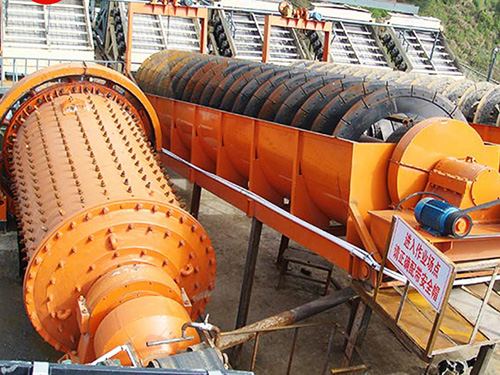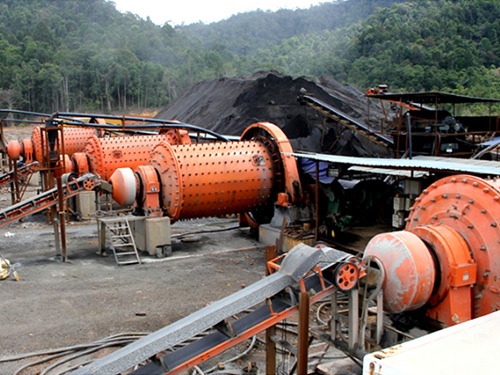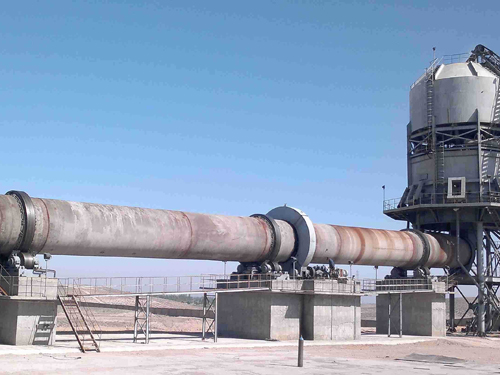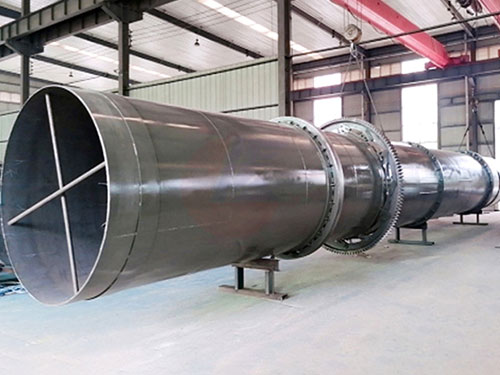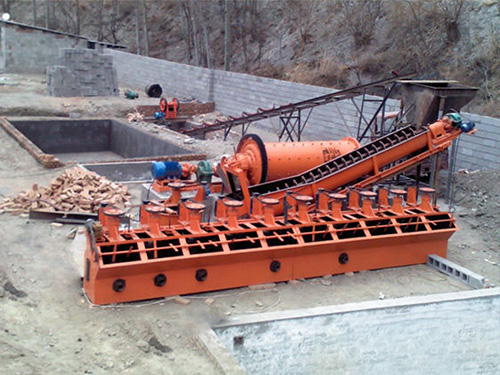
In the world of industrial machinery, the grinding ball mill stands out as a crucial piece of equipment for various industries, including mining, cement, and chemical processing. Whether you're a seasoned professional or new to the field, understanding the intricacies of a grinding ball mill can significantly enhance your operations. This comprehensive guide will delve into the fundamentals of grinding ball mills, their applications, benefits, and tips for optimizing their performance.
What is a Grinding Ball Mill?
A grinding ball mill is a type of grinder used to grind and blend materials for use in mineral dressing processes, paints, pyrotechnics, ceramics, and selective laser sintering. It works on the principle of impact and attrition: size reduction is done by impact as the balls drop from near the top of the shell. A ball mill consists of a hollow cylindrical shell rotating about its axis. The axis of the shell may be either horizontal or at a small angle to the horizontal. It is partially filled with balls, which can be made of steel (chrome steel), stainless steel, ceramic, or rubber.
Key Components of a Grinding Ball Mill
Cylindrical Shell: The main body of the mill, which houses the grinding media and the material to be ground.
Grinding Media: Typically steel or ceramic balls, these are the primary tools for grinding the material.
Drive Mechanism: This includes the motor, gearbox, and other components that rotate the cylindrical shell.
Feed and Discharge: The feed is where the material enters the mill, and the discharge is where the ground material exits.
Liners: These protect the cylindrical shell from wear and tear and can be made from various materials depending on the application.
Applications of Grinding Ball Mills
Grinding ball mills are versatile and find applications in numerous industries:
Mining: Used for grinding ores to liberate minerals.
Cement Industry: Essential for grinding clinker and gypsum to produce cement.
Chemical Industry: Utilized for grinding chemicals to create various compounds.
Ceramics: Used in the production of ceramic materials.
Paints and Coatings: Essential for grinding pigments and other raw materials.
Benefits of Using a Grinding Ball Mill
Versatility: Can grind a wide range of materials, from soft to extremely hard.
Efficiency: High-capacity grinding with relatively low energy consumption.
Consistency: Produces uniform particle size, which is crucial for many industrial processes.
Durability: Designed to withstand harsh conditions, ensuring long-term reliability.
Scalability: Available in various sizes to meet different production needs.
Tips for Optimizing Grinding Ball Mill Performance
Proper Loading of Grinding Media: Ensure the mill is loaded with the correct amount and size of grinding balls. Overloading or underloading can affect efficiency.
Regular Maintenance: Regularly inspect and maintain the mill to prevent unexpected downtime. This includes checking liners, drive mechanisms, and lubrication systems.
Optimal Speed: Operate the mill at the correct speed. Too fast or too slow can reduce grinding efficiency.
Material Feed Rate: Control the feed rate to ensure consistent grinding. Overfeeding can lead to clogging, while underfeeding can reduce throughput.
Use of Additives: In some cases, adding grinding aids can improve efficiency and reduce energy consumption.
Common Challenges and Solutions
Wear and Tear: Regular inspection and timely replacement of worn-out parts can mitigate this issue.
Overheating: Ensure proper ventilation and cooling mechanisms are in place.
Noise Pollution: Use soundproofing materials and ensure the mill is properly balanced to reduce noise.
Contamination: Use appropriate materials for liners and grinding media to prevent contamination of the ground material.
Future Trends in Grinding Ball Mill Technology
Automation: Increasing use of automation and IoT for real-time monitoring and control.
Energy Efficiency: Development of more energy-efficient models to reduce operational costs.
Advanced Materials: Use of advanced materials for liners and grinding media to enhance durability and performance.
Sustainability: Focus on sustainable practices, including recycling of grinding media and reducing environmental impact.
The grinding ball mill is an indispensable tool in various industries, offering versatility, efficiency, and consistency. By understanding its components, applications, and optimization techniques, you can significantly enhance your operations. Regular maintenance, proper loading, and staying abreast of technological advancements will ensure your grinding ball mill operates at peak performance, delivering the best results for your business.
Investing in a high-quality grinding ball mill and adhering to best practices will not only improve your production processes but also contribute to long-term cost savings and operational efficiency. Whether you're in mining, cement, or any other industry that requires material grinding, a grinding ball mill is a valuable asset that can drive your success.
By following this guide, you can make informed decisions about your grinding ball mill, ensuring it meets your specific needs and delivers optimal performance. Stay ahead of the competition by leveraging the latest advancements and best practices in grinding ball mill technology.

